Tag: Featured
-

Biosensor patch to manage obesity, diabetes
Mayo Clinic and Gentag have announced the joint development of wireless, disposable patch sensors to monitor and manage obesity and diabetes. The wearables will communicate with smartphones via a closed-loop diabetes management system. Other indicators monitored by Gentag patches include heart rate, temperature, hydration, sweat, blood sugar, lactic acid, electrolytes and other biomarkers. It is unclear how many of these…
-
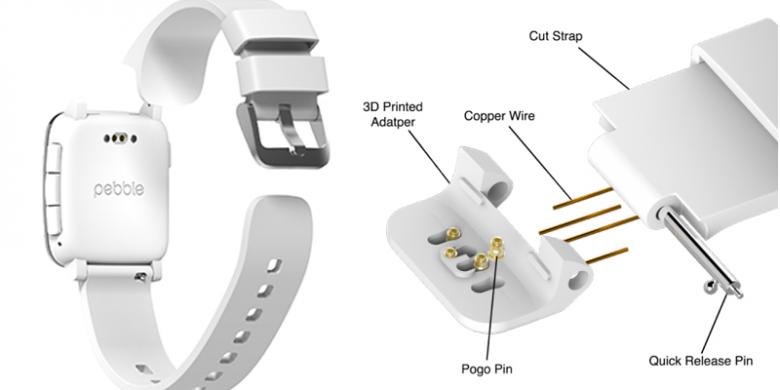
Smart watch strap enables customized monitoring
Pebble Time and Time Steel will incorporate a charging and data conductor, enabling the use of custom “smartstraps.” This will empower the wearer to determine–and change–the type of monitoring he or she desires. External companies will develop compatible straps with various health and fitness tracking capabilities. The Pebble could power the straps, or a second battery…
-

Apple Watch issues put wearable accuracy in spotlight
This week the Wall Street Journal reported Apple’s announcement about its highly anticipated watch not featuring planned health monitoring features. It is unclear if the glucose tracker ApplySci detailed this month will still be included. Apple Watch was envisioned as a device full of sensors that could measure heart rate, stress levels, blood pressure and more.…
-
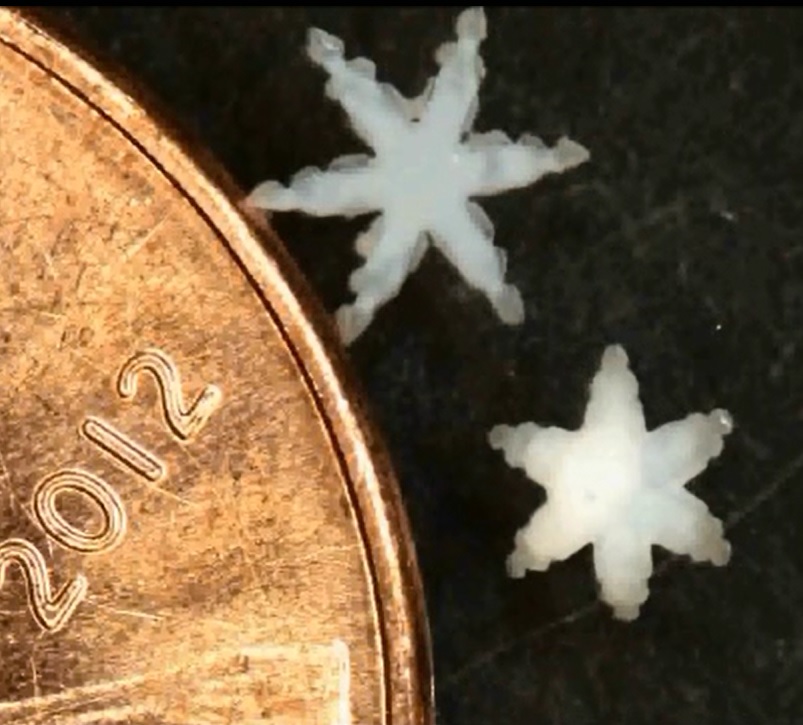
Tiny robotic gripper for cancer diagnostics, remote surgery
Johns Hopkins professor David Gracias has created a tiny, flexible, microscopic, robotic, hand-like hydrogel gripper that could help doctors perform remotely guided surgical procedures and biopsies. He believes that the materials could also, in the future, deliver therapeutic drugs to difficult to reach places. The hydrogel can swell in response to changes in temperature, acidity or light, providing…
-

Apple watch will track glucose
The forthcoming Apple Watch will include the DexCom glucose tracking app. To use it, a tiny sensor must be placed under the skin to measure glucose levels every five minutes. Results will be displayed on the watch with a simple graph. While DexCom has FDA approval, due to recent a recent FDA clarification on wearable devices, other…
-
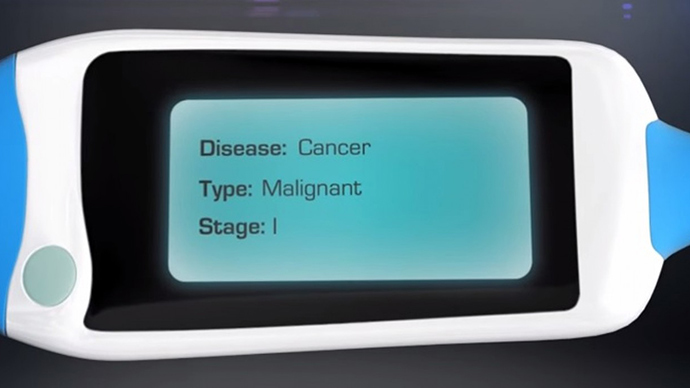
Smartphone sensor detects cancer in breath
Professor Hossam Haick at the Technion – Israel Institute of Technology has developed a sensor equipped smartphone that screens a user’s breath for early cancer detection. SNIFFPHONE uses micro and nano sensors that read exhaled breath. The information is transferred through the phone to a signal processing system for analysis. According to Haick, the NaNose system can detect benign…
-

Eye tracking measures brain injury severity
NYU‘s Uzma Samadan has developed an eye tracking device that measures the severity of concussion or brain injury. This simple, inexpensive technology could improve the speed and accuracy of TBI diagnosis. Researchers compared 64 healthy control subjects to 75 trauma patients at Bellevue Hospital. Pupil movement was tracked for 200 seconds while patients watched a music…
-

Sensors, software to understand MS progression
Biogen Idec and Google X will use sensors and software to collect and analyze data from MS patients. The goals is to understand environmental and biological factors that contribute to the disease’s progression, and why it progresses differently in every patient. Andrew Conrad, head of Life Sciences at Google X, believes that this will lead to earlier interventions and better outcomes.…
-
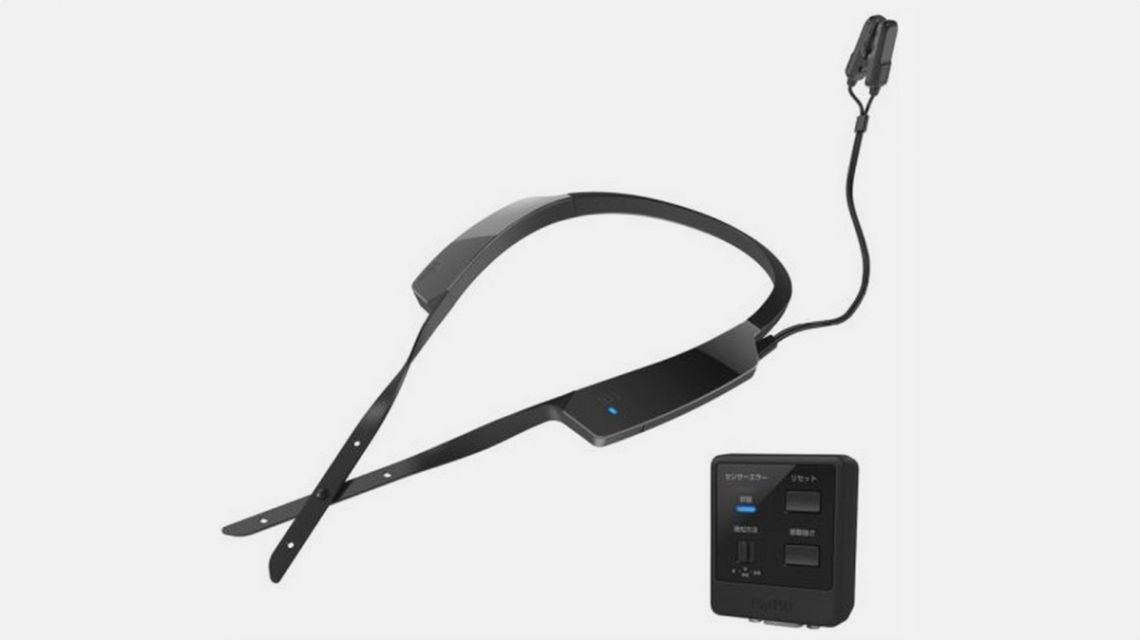
Ear sensor monitors driver alertness
Fujitsu’s FEELythm is a wearable sensor that tracks pulse to detect drowsiness in drivers. An algorithm monitors vital signs via a sensor attached to the earlobe, gauges drowsiness, and notifies the driver. When used commercially, it notifies the driver’s fleet manager. It can connect to onboard devices and link to fleet management systems for real…
-
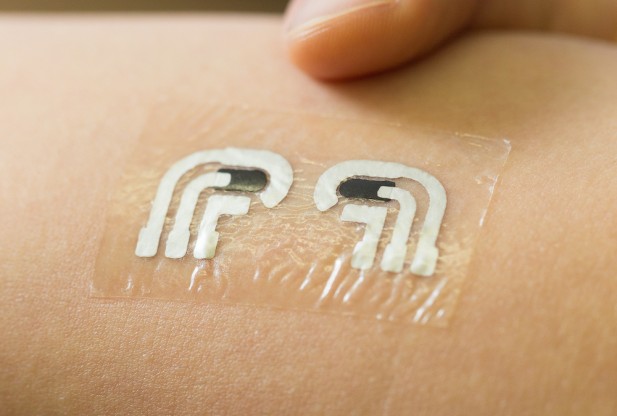
Noninvasive sensor tattoo detects glucose levels
UC San Diego professor Joseph Wang has developed an ultra-thin, flexible device that sticks to skin like a tattoo and can detect glucose levels. The sensor has the potential to eliminate finger-pricking for diabetes. The wearable, non-irritating sensor tattoo can detect glucose in the fluid just under the skin. It is based on integrating glucose extraction…
-

Physiological and mathematical models simulate body systems
Another CES standout was LifeQ, a company that combines physiological and bio-mathematical modeling to provide health decision data. LifeQ Lens is a multi-wavelength optical sensor that can be integrated into wearable devices. It monitors key metrics, with what the company claims to be laboratory level accuracy, using a proprietary algorithm. Raw data is translated through…
-
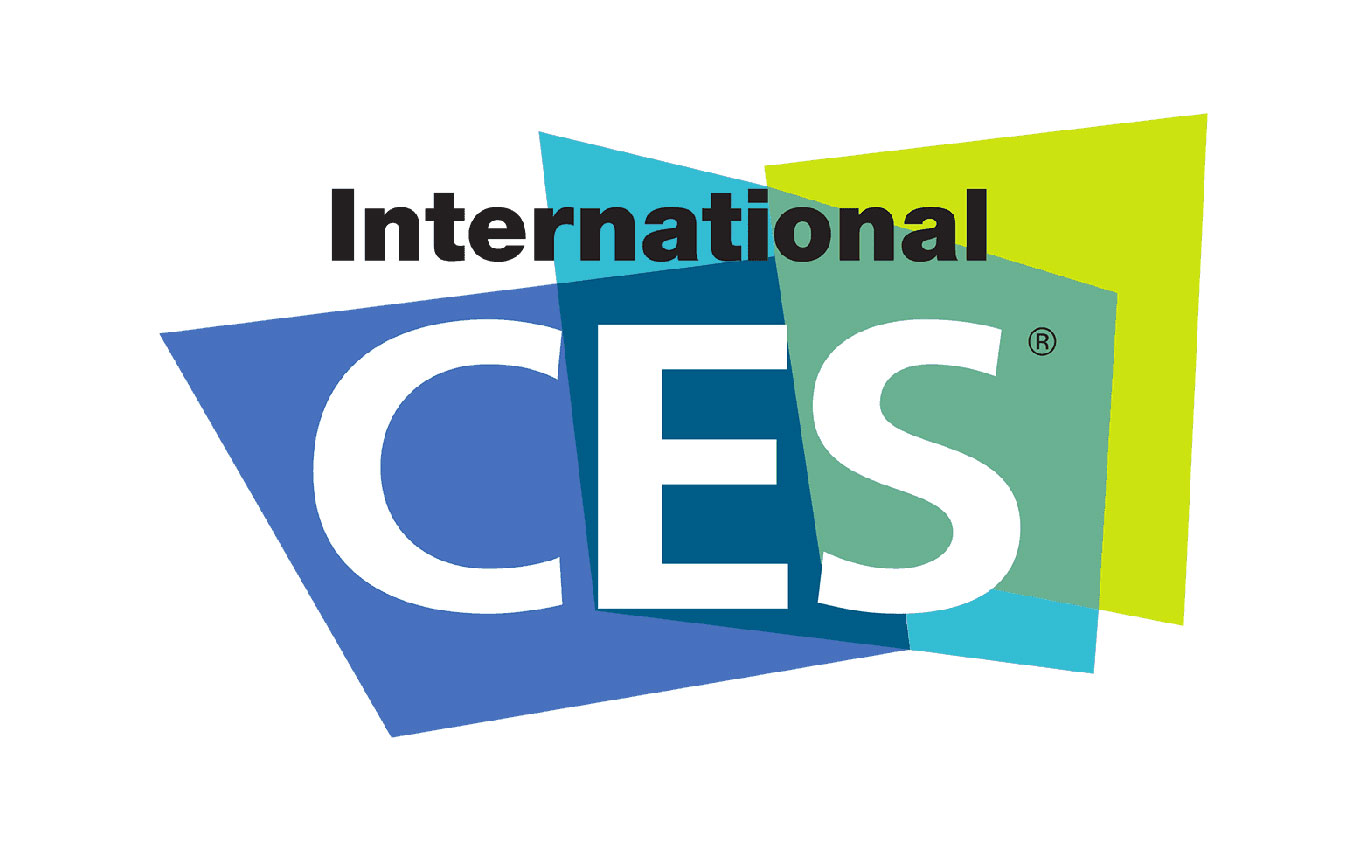
Wearables, sensables, and opportunities at CES
It was the year of Digital Health and Wearable Tech at CES. Endless watches tracked vital signs (and many athletes exercised tirelessly to prove the point). New were several ear based fitness monitors (Brag), and some interesting TENS pain relief wearables (Quell). Many companies provided monitoring for senior citizens, and the most interesting only…